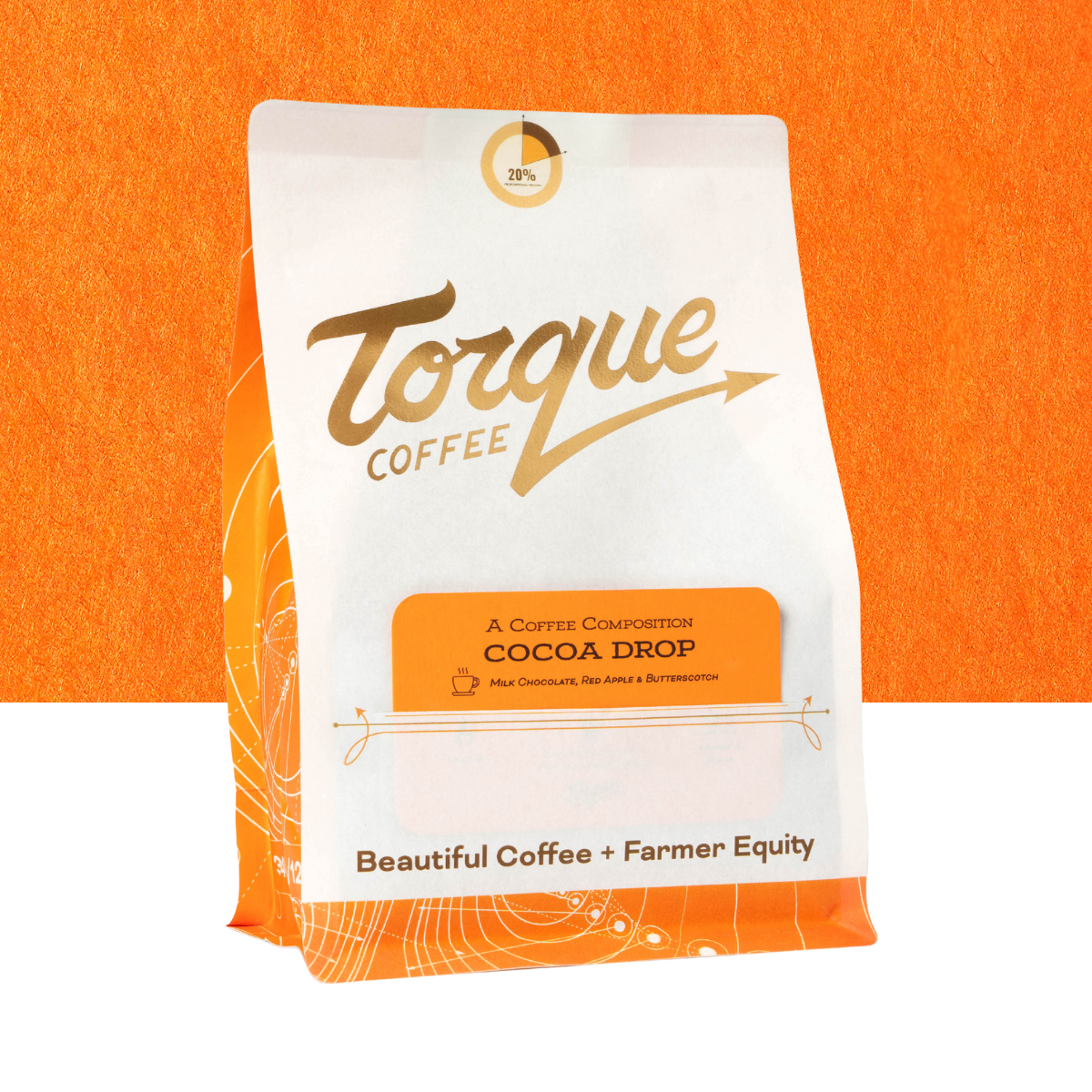
The Battle of the Bulge: Making Your Espresso Taste Amazing
ESPRESSO SHOULD TASTE AMAZING - If you are using amazing coffee.
To make espresso taste amazing, the key is balancing the extraction process. Under and over-extraction are two common pitfalls that lead to flavors we don’t want in our cup. This guide will walk you through what causes each of these problems, how to spot them, and how to make adjustments to reach that delicious, well-balanced shot.
---
Understanding Extraction
Extraction is simply the process of pulling flavors out of the coffee grounds. When hot water flows through the coffee, it draws out soluble compounds, producing the flavors we taste. There are three main stages:
- Initial extraction – Brings out fruity, acidic flavors.
- Middle extraction – Extracts sugars and balanced flavors.
- Final extraction – Brings out heavier, bitter notes.
Good espresso balances all three stages, creating a complex, rich, and satisfying flavor profile. But if extraction is off, the espresso can lean too heavily on one end of the flavor spectrum.
---
Signs of Under-Extraction
Under-extracted espresso is when the water hasn’t pulled out enough flavors from the coffee grounds. You’ll notice these signs:
- Taste: Sour, tangy, or overly acidic, with little sweetness or depth.
- Texture: Watery, thin, and lacking body.
- Appearance: Pale crema, often thin and light.
Causes of Under-Extraction:
- Grind size: Coffee grounds are too coarse, causing water to flow through too quickly.
- Dose: Not enough coffee grounds in the portafilter, leading to a short extraction time.
- Brew time: Extraction time is too short for a proper balance.
---
Fixing Under-Extraction
- Make the grind finer: Finer grounds mean more surface area, so water can extract flavors more thoroughly. Make small adjustments and test until the taste balances.
- Increase the dose: Adding a bit more coffee helps slow down the water flow, giving it more time to pull flavors. Try increasing by 0.5-1 gram and see if it improves the extraction.
- Lengthen the brew time: Aim for an extraction time of about 25-30 seconds. If the shot runs too fast, the coffee didn’t get fully extracted. If necessary, fine-tune both the grind and dose to achieve the right brew time.
- Increase pressure (if your espresso machine allows it): Higher pressure can help force water through the grounds more thoroughly. However, this is a secondary adjustment, best saved if grind and dose changes haven’t helped enough.
---
Signs of Over-Extraction
Over-extracted espresso means the water has pulled too much out of the coffee, leading to unpleasant flavors. Here’s what to look for:
- Taste: Bitter, burnt, or astringent, with a dry finish.
- Texture: Thick, sticky, and overly heavy.
- Appearance: Very dark crema, often overly thick.
Causes of Over-Extraction:
- Grind size: Coffee grounds are too fine, causing water to flow too slowly.
- Dose: Too much coffee in the portafilter, slowing down extraction too much.
- Brew time: Extraction time is too long, pulling excess bitter compounds.
---
Fixing Over-Extraction
- Make the grind coarser: Coarser grounds reduce surface area, so water flows faster, reducing bitterness. Adjust gradually, as even small changes can make a noticeable difference.
- Reduce the dose: Less coffee will increase the flow rate, speeding up extraction. Try reducing by 0.5-1 gram and taste the difference.
- Shorten the brew time: Aim for 25-30 seconds. If it’s taking longer, your grind is likely too fine, or your dose is too high. Shortening the time with a coarser grind or lower dose usually brings out a smoother, sweeter shot.
- Lower pressure (if your machine allows): Reducing the pressure can help soften the extraction, especially if bitter flavors persist even after adjusting grind and dose.
---
Dialing in for Balance
To get that perfect shot:
- Start with the grind: Finer for more extraction, coarser for less. Adjust in small steps and test as you go.
- Balance the dose: Most espresso recipes use about 18-20 grams of coffee, but you may need a touch more or less depending on your beans and personal taste.
- Set your time: Watch for a steady 25-30 second extraction.
- Taste as you adjust: Tasting is crucial—make small changes, and keep tasting until you get the balance you want.
---
Additional Tips
- Fresh Beans: Use fresh coffee beans (roasted within 2-3 weeks) for best flavor.
- Consistent Tamp: Apply even pressure when tamping to avoid water channeling, which can throw off extraction.
- Use a Scale: Measure dose and yield to keep track of changes and perfect your recipe.
---
Final Thought
Achieving balanced espresso is all about small, careful adjustments to each factor until the flavors are just right. With the right grind, dose, and timing, your espresso can be balanced, bold, and rich—just the way it should be. Keep experimenting, and soon you’ll be pulling shots that taste truly amazing.





